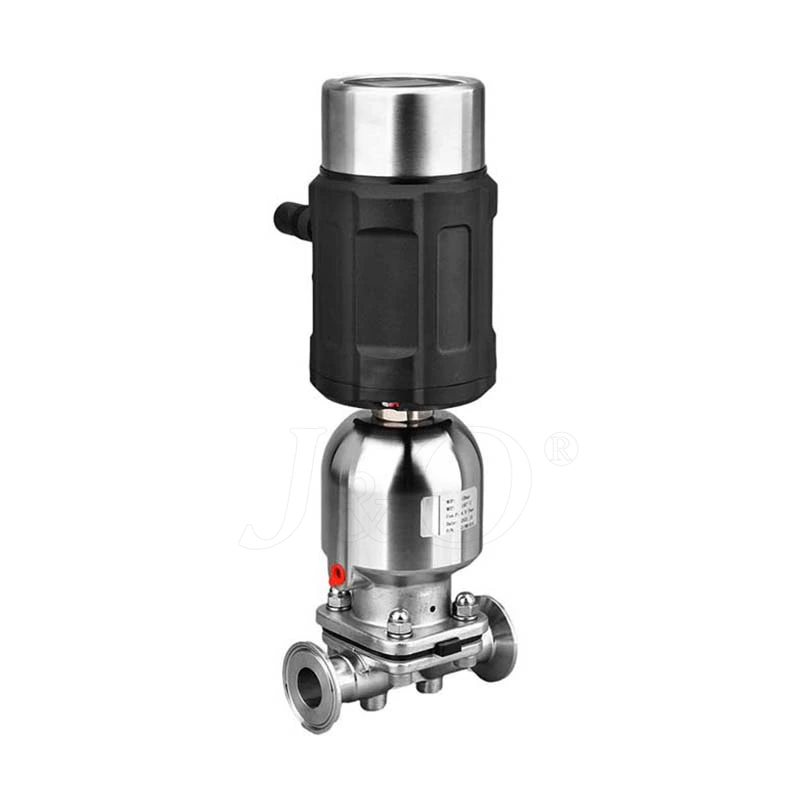What Are The Characteristics And Applications Of Sanitary Diaphragm Valves?
Sanitary Diaphragm Valve includes a housing, a diaphragm and a drive device (such as a handle, cylinder or electric actuator). When the drive device is activated, the diaphragm deforms, compresses or releases, thereby opening or closing the fluid channel and achieving effective control of the fluid. So do you know what are the characteristics and applications of sanitary diaphragm valves?
Characteristics of sanitary diaphragm valves:
Seamless design: reduces the possibility of dead zones and microbial attachment, and is easy to clean.
Corrosion resistance: Use high-quality materials to resist chemical erosion and maintain long-term stability.
Low adsorption: Minimize product residues and avoid cross contamination.
Self-emptying ability: helps to discharge residues and simplify the cleaning process.
Application areas of sanitary diaphragm valves:
Food processing: dairy products, alcohol, and seasoning production lines.
Pharmaceutical industry: injection, oral liquid and powder production equipment.
Biotechnology: fermentation tanks, cell culture medium transfer.
Personal care products: skin care products, bath products manufacturing.
Water treatment: ultrapure water preparation, RO reverse osmosis system.
The diaphragm material of sanitary diaphragm valves is usually selected from materials with excellent biocompatibility and chemical inertness, such as polytetrafluoroethylene (PTFE), silicone, EPDM, etc., to ensure that no adverse reactions occur when in contact with the medium.
